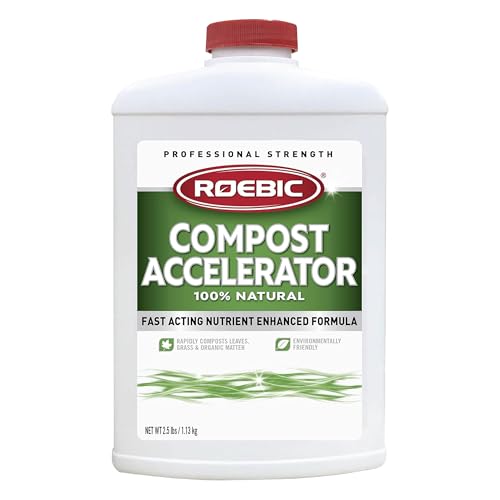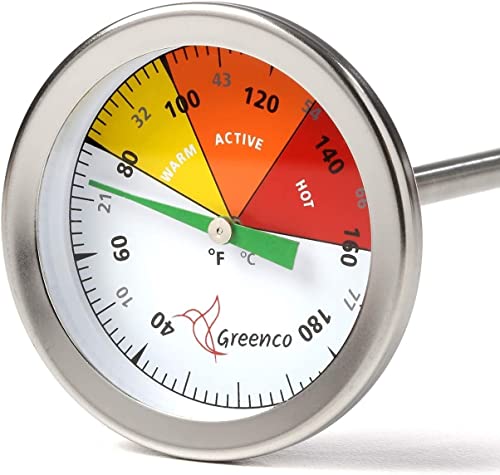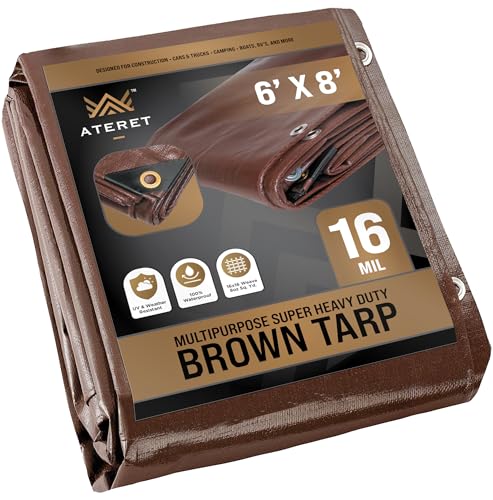Experts swear by this one fall compost boost – it supercharges soil, speeds up decomposition, and keeps compost active in winter
This golden ingredient is already sitting in your kitchen


Composting in fall can seem quite daunting, as the colder temperatures work against decomposition. However, many gardeners actually see fall as the best time of year for composting, with an abundance of organic materials to add to your heap. There's one particular ingredient experts claim is the ultimate fall compost boost: holiday leftovers.
Vegetable scraps, bread, and plant-based foods are all valuable when it comes to making your own compost, and it's a super simple way to practice sustainable gardening this season. They add plenty of 'green' materials, essential for keeping a compost pile active by infusing lots of nitrogen in the heap. This is especially beneficial in fall to balance out the large quantity of 'brown' materials found in garden waste at this time of year.
It isn't as easy as throwing food waste in your compost bin, though. There are some composting mistakes you need to be aware of when using this ingredient. Here, composting experts explain why holiday leftovers are the ultimate fall compost boost and how to compost them correctly this season.
Why are fall holiday leftovers good for compost?
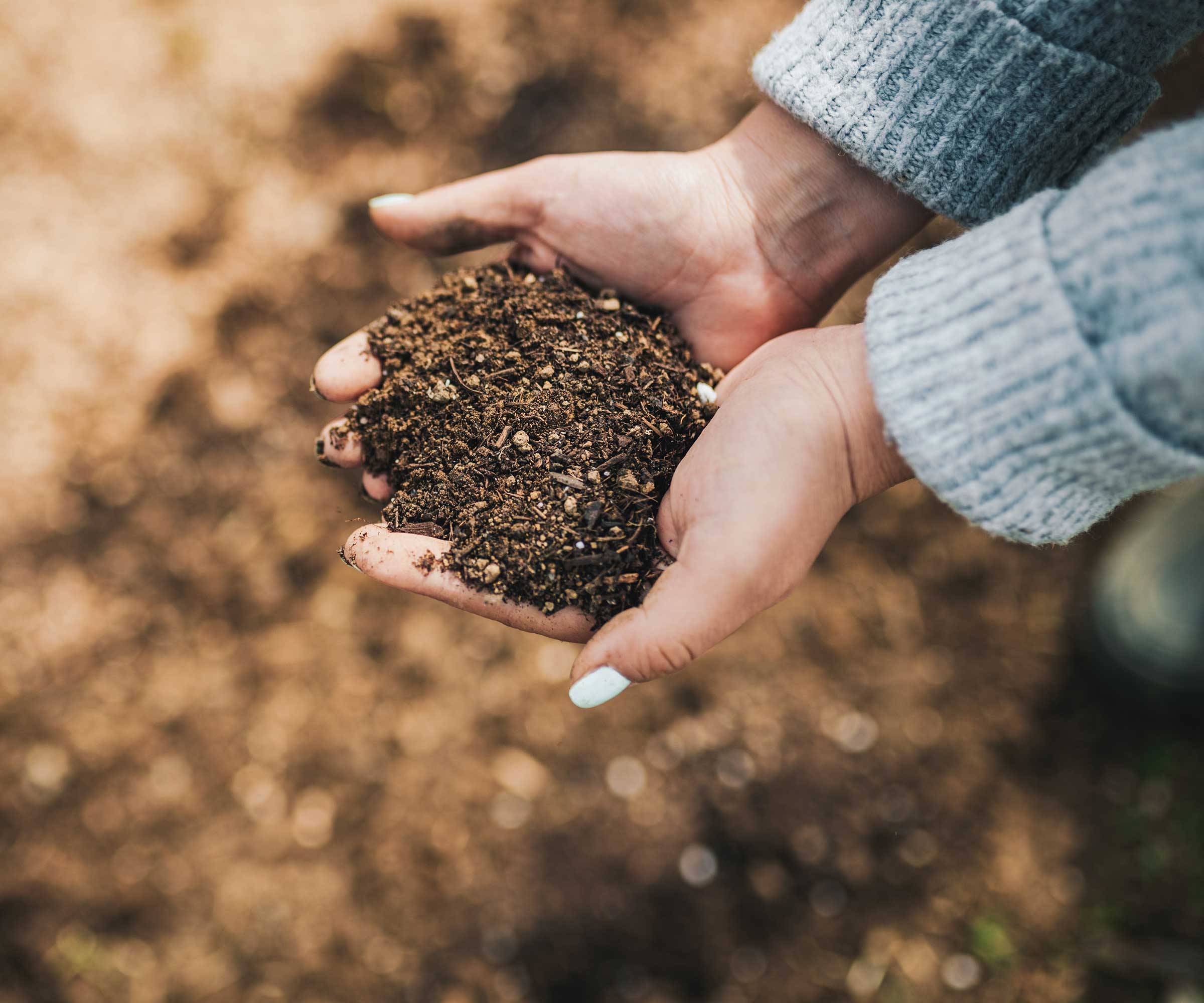
'Holiday meal leftovers are one of the best materials you can add to your compost pile in the fall,' says Lauren Click, founder of Let's Go Compost.
'They tend to be rich in nitrogen and provide the 'green' boost your compost needs to balance against the abundance of dry fall compost additions (like leaves, sticks, and any other plants that have died in the cold weather),' she explains.
While ticking essential tasks off your fall gardening checklist, you're likely to do a lot of hardwood pruning that leaves you with a large amount of carbon-rich materials. Food scraps then add a sufficient amount of nitrogen-rich material for active microbial activity to take place.
'When layered correctly with shredded leaves or paper, these scraps heat up the pile, keeping decomposition active even as temperatures drop,' Lauren explains.
Design expertise in your inbox – from inspiring decorating ideas and beautiful celebrity homes to practical gardening advice and shopping round-ups.
It's the easiest fall and winter composting hack, maintaining temperatures needed for decomposition (which you can monitor with this compost thermometer from Amazon).
And not only will these leftovers speed up composting during fall, they will also leave you with a compost full of essential plant nutrients to support healthy growth.
'The variety of vegetables, bread, and other plant-based foods typically left over from big holiday gatherings in fall adds valuable diversity to the compost, which leads to healthier, more nutrient-rich soil in the spring,' Lauren explains.

Lauren is the founder of Let's Go Compost, a 501(c)(3) non-profit with a mission to make composting free and accessible throughout the United States. Lauren works both in the dirt (literally) with public schools and community gardens, while also remaining focused on the big picture - working with large organizations and policymakers to ensure composting accessibility and affordability are kept front of mind as infrastructure is developed.
How to compost holiday leftovers
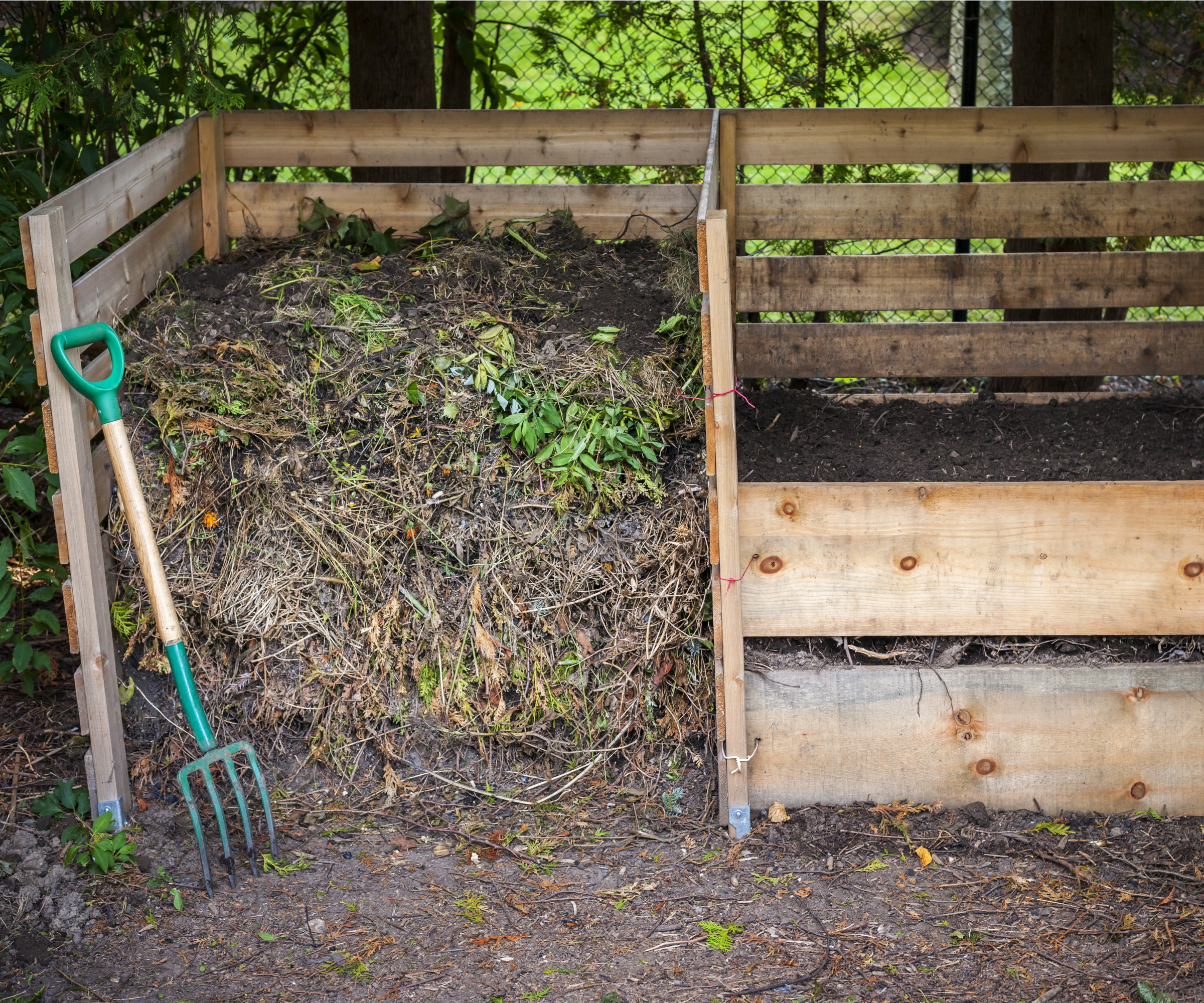
It isn't as easy as just throwing your leftovers in your compost bin. Some careful consideration needs to go into choosing which leftovers to use.
This is because there are some things to never add to your compost bin, such as walnuts and shells which can sometimes contain toxins that can harm plant growth, and oil, dairy, and meat, which could attract rats to your yard and hinder the quality of your compost.
Instead, choose fruit and vegetable scraps, bread, pasta, and grains. You can also compost the contents of tea bags and coffee grounds.
You should cut up larger scraps into smaller pieces, which will help them break down more quickly.
As for layering, it's key to get the 3:1 brown-green ratio right for composting to be successful. You want three parts brown to one part green, which is easy to achieve at this time of year when using the mixture of browns from the garden and the fall compost boost of leftovers for greens.
'Straw bales, pine cones, acorns, natural wreaths, and paper decorations are all sources of brown materials for composting in fall, too,' Lauren notes.
'Fall is a great time to supercharge your compost with shredded leaves,' adds Colleen Falicki, founder of Back to Earth Compost.
Once you collect fallen leaves, use a garden shredder (from Amazon) or your lawn mower to shred them up and add them into your compost as a brown material.
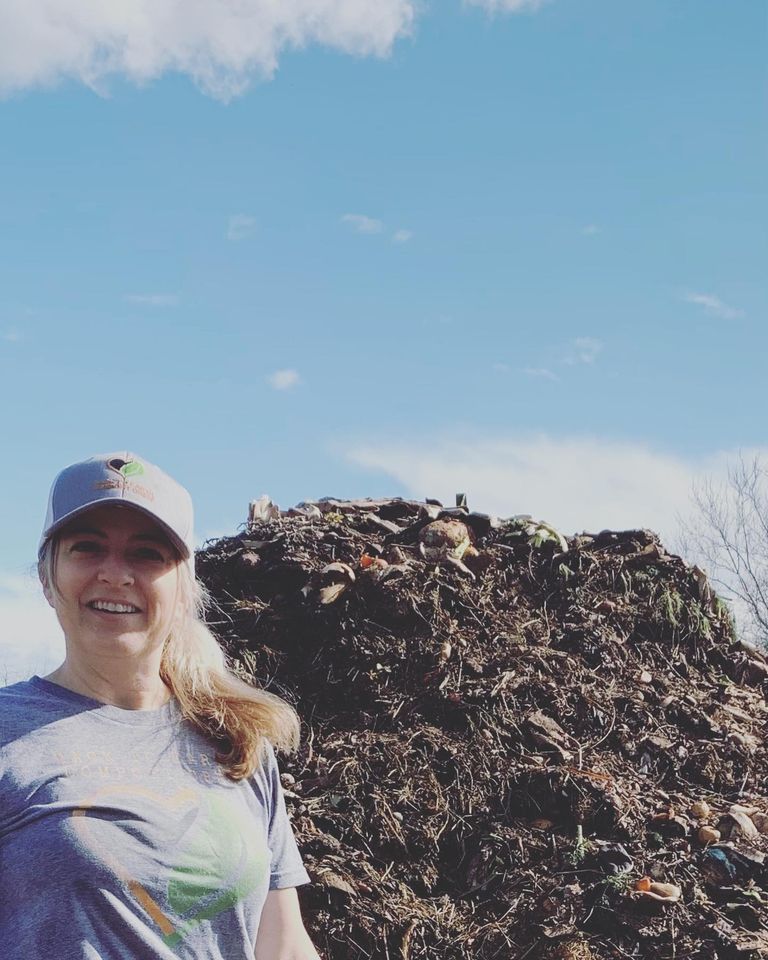
Colleen founded Back to Earth Compost Crew in 2017 to keep food scraps out of landfill and turn it into compost. She educates about composting and advises on how to successfully compost.
FAQs
Can you compost sauces and gravy?
It's generally best not to compost sauces and gravy as part of the food scraps going in your compost bin. This is because they likely contain fats and oils that can attract pests to your yard and hinder the quality of your compost. If you have vegetable scraps with residue of sauces on them, give them a rinse before adding them to your compost heap.
There are lots of other sources of compost materials during fall. For example, you can compost pumpkins and gourds after using them as decorations (so long as they don't have plastic embellishments or things like glitter and paint on them).
When we later transition into winter, you may find our guide to stop compost freezing in winter helpful. The below composting accessories can also help during this time of year:

Tenielle is a Gardens Content Editor at Homes & Gardens. She holds a qualification in MA Magazine Journalism and has over six years of journalistic experience. Before coming to Homes & Gardens, Tenielle was in the editorial department at the Royal Horticultural Society and worked on The Garden magazine. As our in-house houseplant expert, Tenielle writes on a range of solutions to houseplant problems, as well as other 'how to' guides, inspiring garden projects, and the latest gardening news. When she isn't writing, Tenielle can be found propagating her ever-growing collection of indoor plants, helping others overcome common houseplant pests and diseases, volunteering at a local gardening club, and attending gardening workshops, like a composting masterclass.
You must confirm your public display name before commenting
Please logout and then login again, you will then be prompted to enter your display name.
